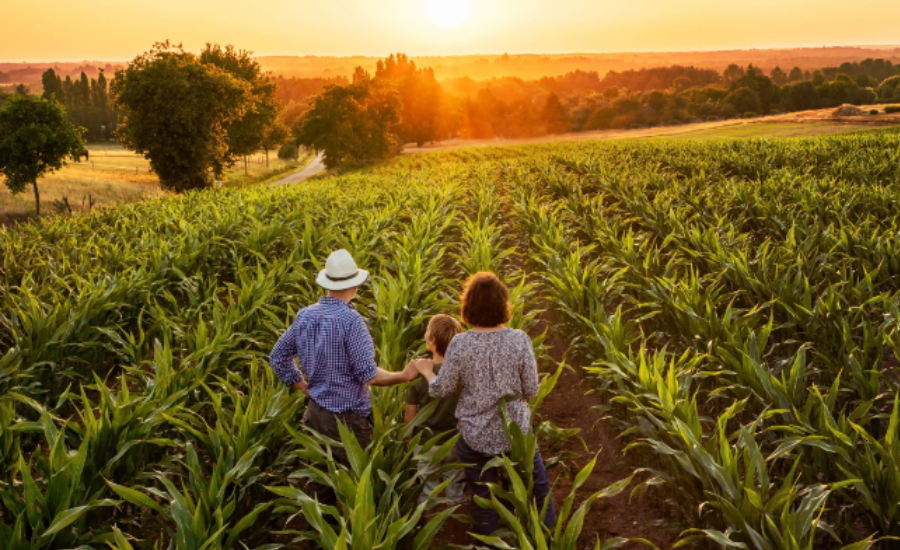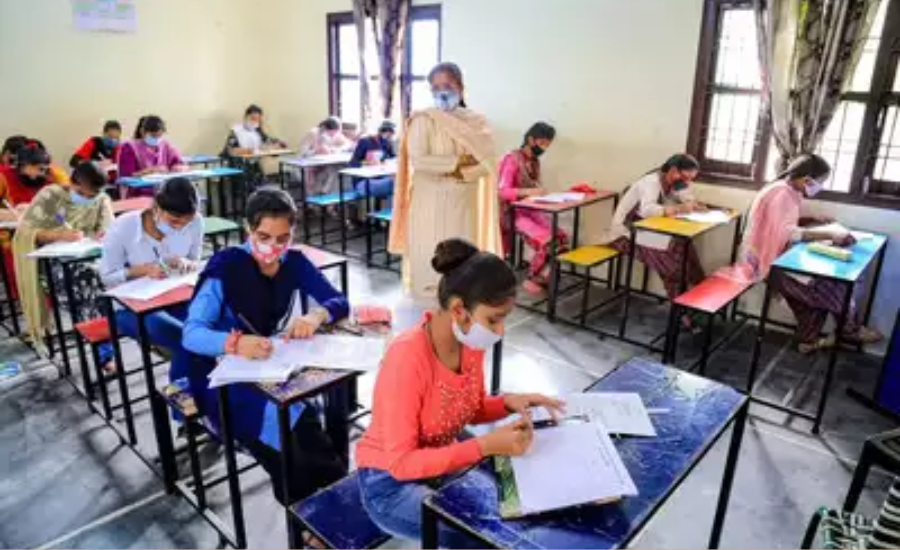Introduction
The Fallias Field Report aims to uncover the intricacies of the Fallias region through detailed research and analysis. This comprehensive report examines the area’s environmental, economic, and social characteristics, aiming to highlight both its hidden potential and the challenges it faces. With a rigorous approach to data collection and analysis, the study provides valuable insights into the region’s development opportunities.
2. Background Information
History of Fallias
Fallias is a region with deep historical roots, noted for its ancient monuments and rich cultural heritage. While the exact origin of its name is still debated, historians unanimously recognize its historical significance. The area has been shaped by centuries of human activity, which continues to influence its current state.
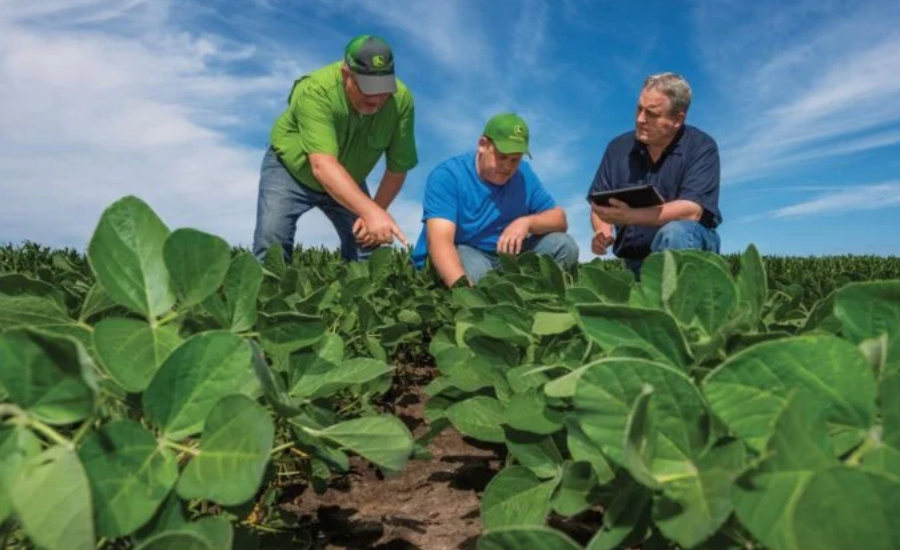
Geographical Location
Nestled amidst varied terrain, Fallias features a stunning landscape of rocky mountains, fertile valleys, and winding rivers. Its geographical diversity creates a dynamic ecosystem that supports both biodiversity and agricultural ventures. The terrain’s complexity, however, also poses certain logistical challenges, which are critical to understanding the region’s development prospects.
Purpose of the Field Report
The primary purpose of this field report is to provide an in-depth analysis of Fallias’s current environmental, social, and economic conditions. It aims to serve as a critical resource that presents a comprehensive overview of the region, highlighting its opportunities for growth and development while also identifying its key challenges. By creating a holistic understanding of Fallias, the report seeks to offer valuable insights to policymakers, researchers, and local stakeholders who are committed to fostering sustainable development. It will be used as a reference point to develop strategic plans that ensure the long-term prosperity of the area, safeguarding its environmental and cultural heritage while promoting social and economic progress.
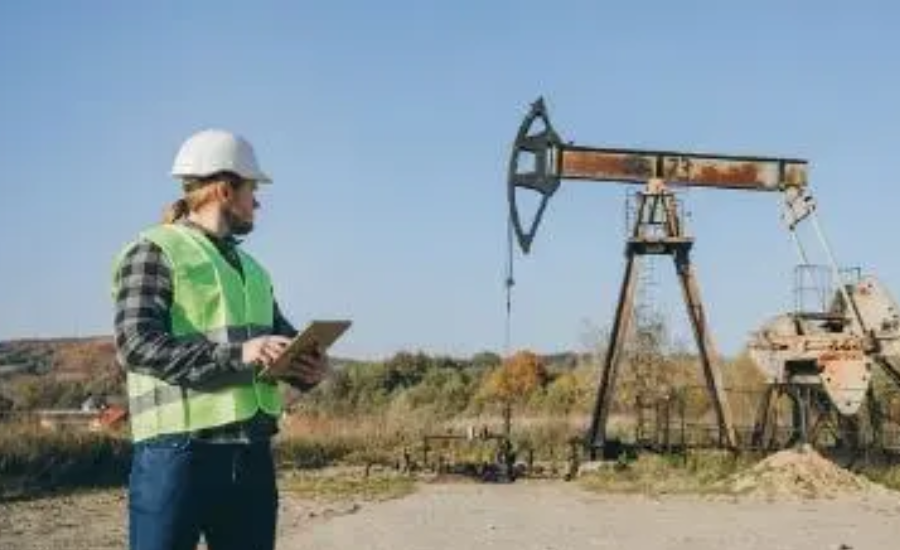
Moreover, the field report aims to bridge knowledge gaps by providing a clear, data-driven picture of Fallias, which will be crucial for decision-makers when designing projects or policies that directly impact the region. It also aspires to establish a foundation for collaborative efforts among various stakeholders, including government agencies, non-governmental organizations (NGOs), educational institutions, and local communities, all of whom have a vested interest in the region’s sustainable future.
Objectives of the Study
The report aims to achieve several key objectives that align with the broader goals of sustainable development and regional improvement:
- Assess the Socio-Economic Conditions: The report will offer a detailed evaluation of Fallias’s current social and economic landscape, including income levels, employment rates, educational opportunities, and healthcare access. Understanding these socio-economic indicators will provide insight into the living standards of residents and highlight areas that require improvement.
- Analyze Environmental Challenges and Opportunities: Given Fallias’s rich biodiversity and diverse ecosystems, the report will assess both the environmental challenges—such as deforestation, soil erosion, and resource depletion—and the potential opportunities, such as sustainable agriculture, conservation efforts, and eco-tourism.
- Identify Areas for Further Research and Intervention: By analyzing data and observations, the report will pinpoint areas that require additional research or targeted intervention. This will include identifying vulnerable communities, ecosystems at risk, and economic sectors that need bolstering. Additionally, the report will explore opportunities for innovation, particularly in sectors like education, infrastructure, and technology integration.
Expected Outcomes
At the conclusion of the study, several key outcomes are expected to emerge, shaping the future direction of Fallias’s growth and development:
- Comprehensive Understanding of Strengths and Weaknesses: The report will provide a thorough analysis of both the region’s strengths, such as its rich natural resources, and weaknesses, like infrastructure deficits or socio-economic disparities. This nuanced understanding will allow stakeholders to make informed decisions about where to allocate resources and implement interventions.
- Informing Policy and Strategic Planning: By delivering evidence-based insights, the report will inform future policies aimed at promoting sustainable development. It will serve as a roadmap for creating policies that not only address existing challenges but also enhance the region’s strengths. These policies may focus on areas such as education, environmental conservation, local economy stimulation, and community health.
- Laying the Foundation for Sustainable Growth: The outcomes of this study are designed to guide efforts towards long-term sustainability. By addressing both current needs and future opportunities, the findings will help stakeholders implement strategies that ensure continued progress. This includes initiatives in renewable energy, climate resilience, and sustainable agriculture that can help reduce the ecological footprint while supporting economic growth.
- Catalyzing Future Research and Collaboration: Finally, the report is expected to spark further research and collaboration among academic institutions, governmental bodies, and non-governmental organizations. By identifying critical gaps and opportunities for intervention, it will encourage researchers to conduct follow-up studies and collaborative projects aimed at deepening our understanding of the region and improving its long-term sustainability.
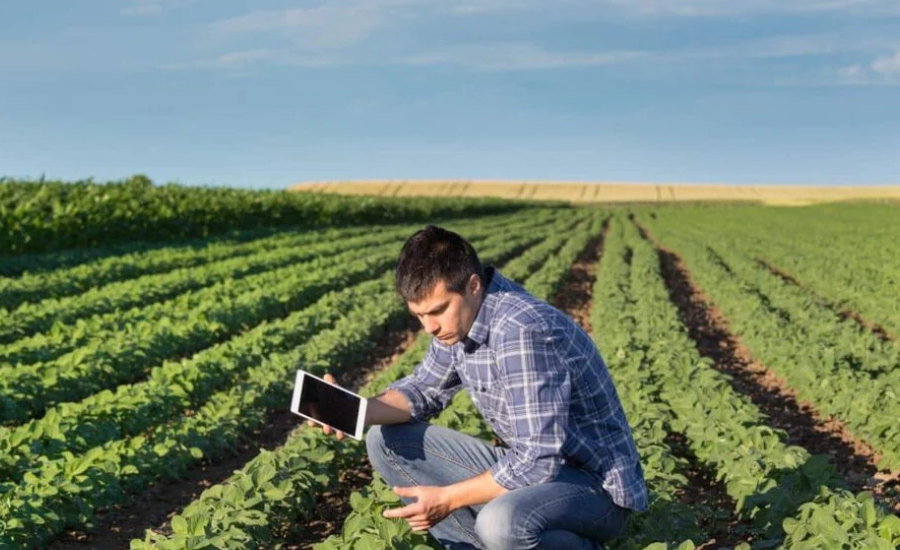
3. Methodology
Data Collection Methods
To ensure a comprehensive overview, both qualitative and quantitative data were gathered through surveys, interviews with local inhabitants, and direct observation. This mixed-methods approach ensured that we captured both numerical data and the human experiences behind those numbers.
Tools and Techniques Used
Sophisticated tools were employed, such as Geographic Information Systems (GIS), which mapped the terrain and ecological features, and remote sensing technologies to capture data from hard-to-reach areas. Additionally, statistical software was used to analyze patterns and correlations within the data, ensuring accuracy and reliability in the findings.
Observation and Data Analysis
Initial Observations
During our initial field visits, the region revealed a stark contrast between its rich natural resources and the socio-economic challenges it faces. The geographic layout of Fallias highlighted significant disparities between well-developed and underdeveloped areas, particularly in terms of access to education and healthcare.
Detailed Data Analysis
Through deeper statistical analysis, our team identified key trends and outliers. The region’s agricultural potential stood out, especially in areas where modern farming techniques could be introduced. We also noted a direct correlation between education levels and economic performance in various sub-regions.
4. Findings
Key Discoveries
The most notable discovery was the immense potential for sustainable agricultural practices in the fertile valleys of Fallias. These areas could serve as centers for organic farming, providing both food security and economic growth for the local population.
Statistical Insights
The data analysis revealed significant disparities in education, with certain areas lagging behind in both access and quality. This gap was closely linked to economic performance, underscoring the need for educational reform as a driver for economic advancement.
5. Discussion
Interpretation of Findings
The report’s findings suggest that while the region of Fallias has enormous potential, critical areas—such as education, infrastructure, and agriculture—require strategic investment. The strong correlation between educational attainment and economic development highlights the importance of prioritizing educational initiatives as a catalyst for broader growth.
Implications of the Study
The implications of this study are far-reaching, offering a roadmap for local and national stakeholders to engage in development projects. The data also provide insights into sustainable practices that could lead to long-term economic and environmental resilience in the region.
6. Challenges Faced
Obstacles in Data Collection
The steep and rugged terrain of Fallias presented significant challenges for data collection, particularly in rural and remote areas. Weather conditions and a lack of infrastructure further complicated our efforts to gather consistent and reliable data.
Solutions and Adaptations
To overcome these obstacles, our team employed drones and satellite imagery to capture data from inaccessible locations. Local guides played a crucial role in navigating difficult terrain, ensuring that the research team could reach areas that would otherwise have been missed.
Case Studies
Specific Instances from the Field
A notable case study in the Fallias region involved a community-led watershed restoration project in one of the more remote villages. This watershed had been severely damaged due to years of neglect, unsustainable agricultural practices, and environmental degradation, leading to soil erosion and reduced water quality. Faced with dwindling water resources that were critical for both agriculture and daily life, the local community took the initiative to address the problem without waiting for external intervention.
Through collaborative efforts, local residents organized themselves to repair the watershed by constructing check dams, planting native vegetation to prevent further soil erosion, and creating a sustainable irrigation system. The project not only revitalized the watershed but also improved the overall biodiversity of the area. Water availability increased significantly, benefiting both agricultural productivity and daily household needs. The villagers combined traditional knowledge of their environment with modern conservation techniques, maximizing the effectiveness of the restoration.
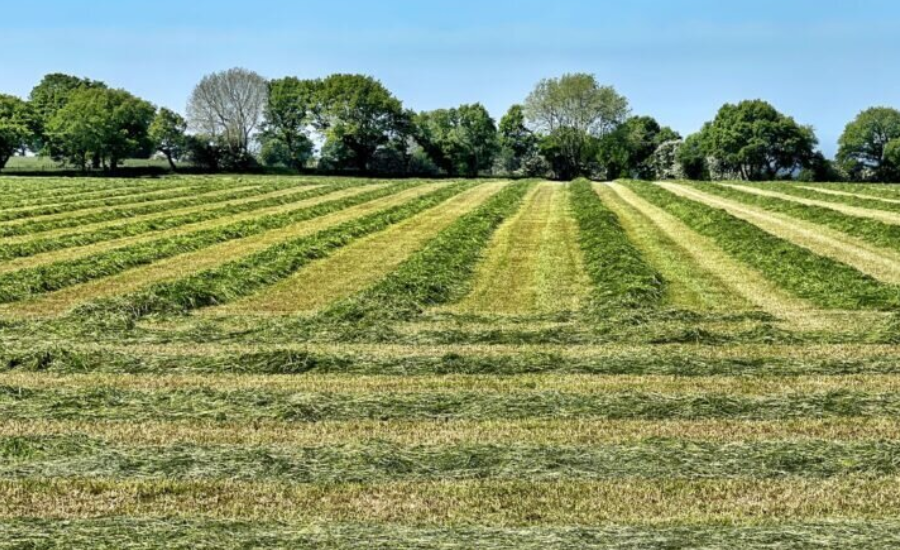
This project serves as a powerful example of grassroots participation in sustainable development. It showcases how communities can take ownership of their own development when empowered with the right tools and resources. Importantly, the initiative garnered attention from local authorities and NGOs, who then provided additional support in terms of technical expertise and funding. The success of this initiative is now being viewed as a model for replication in other regions of Fallias that face similar environmental challenges.
Lessons Learned
- Community Knowledge is Key: One of the most significant takeaways is the immense value of local knowledge. The community’s deep understanding of their land, water cycles, and natural resources was instrumental in the success of the project. This contrasts with many top-down approaches that often overlook the insights and expertise of the local population. By involving community members, the project harnessed their inherent connection to the land, ensuring that solutions were not only effective but also culturally appropriate and sustainable.
- Sustainability Through Ownership: The project underscores the importance of community ownership in development efforts. By spearheading the initiative themselves, the local population developed a sense of responsibility and pride, which increased the chances of the project’s long-term sustainability. This sense of ownership ensured that the community remained committed to maintaining the restored watershed, preventing future degradation.
- Collaborative Efforts Lead to Success: The success of the watershed project was due in large part to the collaborative approach between the local community, governmental bodies, and NGOs. While the community took the lead, they received technical and financial assistance from external organizations, showcasing the power of partnerships in achieving sustainable development goals. This synergy between grassroots initiatives and institutional support ensured that the project was both feasible and scalable.
Facts
- Historical Significance: Fallias is a region with a rich cultural and historical background, shaped by centuries of human activity.
- Geographical Diversity: The region consists of rocky mountains, fertile valleys, and rivers, contributing to both biodiversity and agricultural potential.
- Socio-Economic Disparities: Significant disparities exist in access to education, healthcare, and infrastructure, with rural areas lagging behind urban centers.
- Environmental Challenges: Deforestation, soil erosion, and resource depletion pose threats, while opportunities exist for eco-tourism and sustainable agriculture.
- Agricultural Potential: Fertile valleys in Fallias present strong opportunities for organic farming and food security.
- Community-Led Projects: A watershed restoration project in a remote village successfully improved water quality, showcasing the power of grassroots involvement in sustainable development.
- Collaborative Efforts: Partnerships between local communities, government agencies, and NGOs were crucial in implementing sustainable projects.
FAQs
Q1: What is the purpose of the Fallias Field Report?
A1: The report aims to analyze the region’s environmental, social, and economic conditions, highlighting opportunities for growth and addressing key challenges. It provides insights for stakeholders to promote sustainable development.
Q2: What are the main challenges identified in the Fallias region?
A2: Key challenges include socio-economic disparities, lack of infrastructure, environmental degradation such as soil erosion, and limited access to education and healthcare.
Q3: What opportunities for development does Fallias offer?
A3: The region has potential in sustainable agriculture, eco-tourism, conservation efforts, and education reform to stimulate economic growth and environmental resilience.
Q4: How was data collected for the report?
A4: Data was gathered through surveys, interviews with local inhabitants, Geographic Information Systems (GIS), remote sensing technologies, and statistical analysis.
Q5: What role do local communities play in the development of Fallias?
A5: Local communities are essential to sustainable development efforts. A case study on a watershed restoration project demonstrated that community-led initiatives can be highly effective when supported by local knowledge and external resources.
Conclusion
The Fallias Field Report reveals a region with significant untapped potential and notable challenges. The area’s rich biodiversity and fertile lands offer opportunities for sustainable agriculture, conservation, and eco-tourism. However, socio-economic disparities, environmental degradation, and infrastructural deficits hinder its development. Through the report’s comprehensive analysis, it is clear that strategic investments in education, infrastructure, and environmental conservation are necessary for the region’s sustainable future.
The case study of a successful community-led watershed restoration project serves as a model for grassroots-driven development, highlighting the power of local engagement and collaboration with external stakeholders. Moving forward, this report aims to inspire further research, policy-making, and partnerships that can catalyze long-term growth, ensuring that Fallias’s environmental, cultural, and economic strengths are fully realized while addressing its critical challenges.
“Don’t miss out on updates and alerts – stay connected!” News Week Blog
